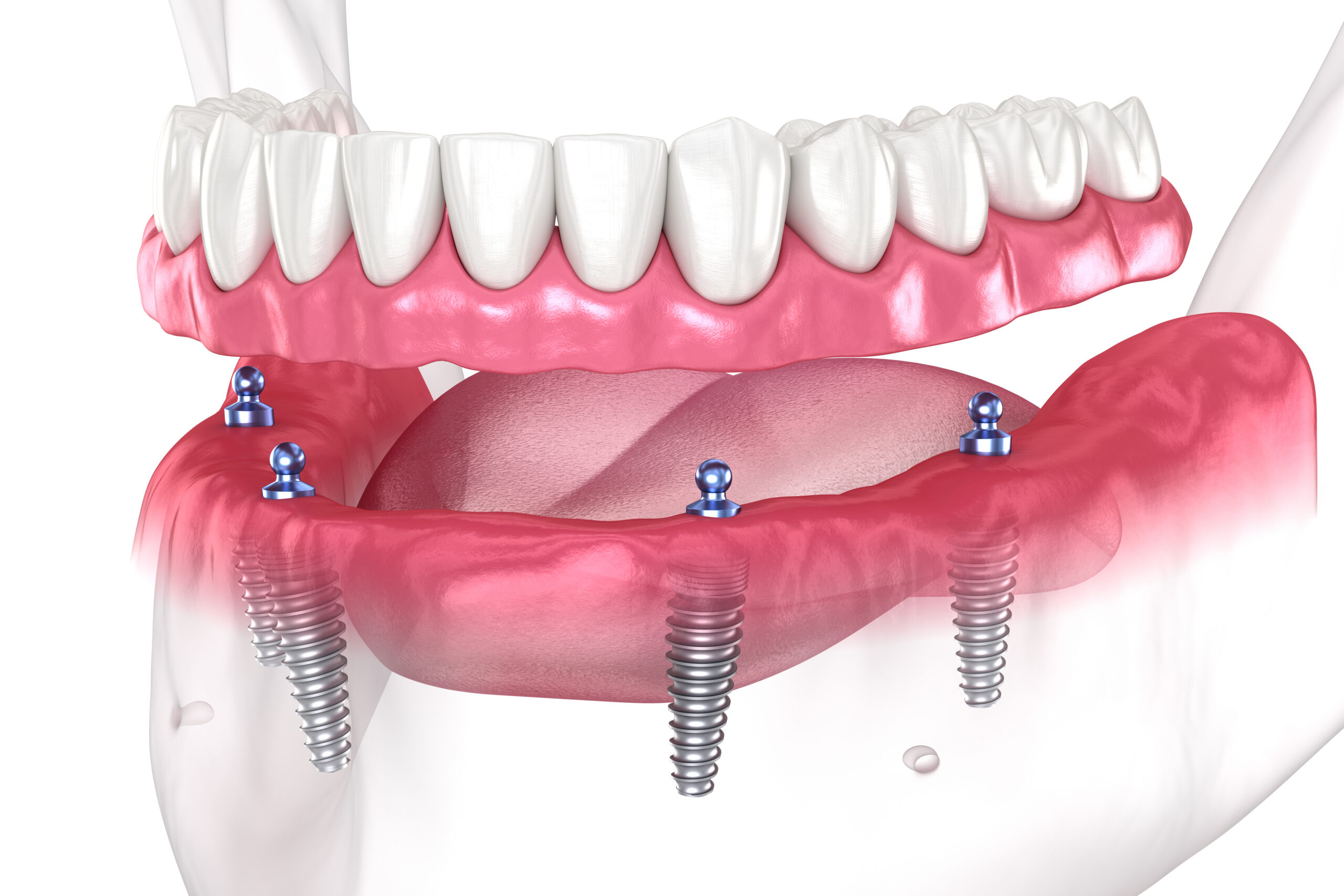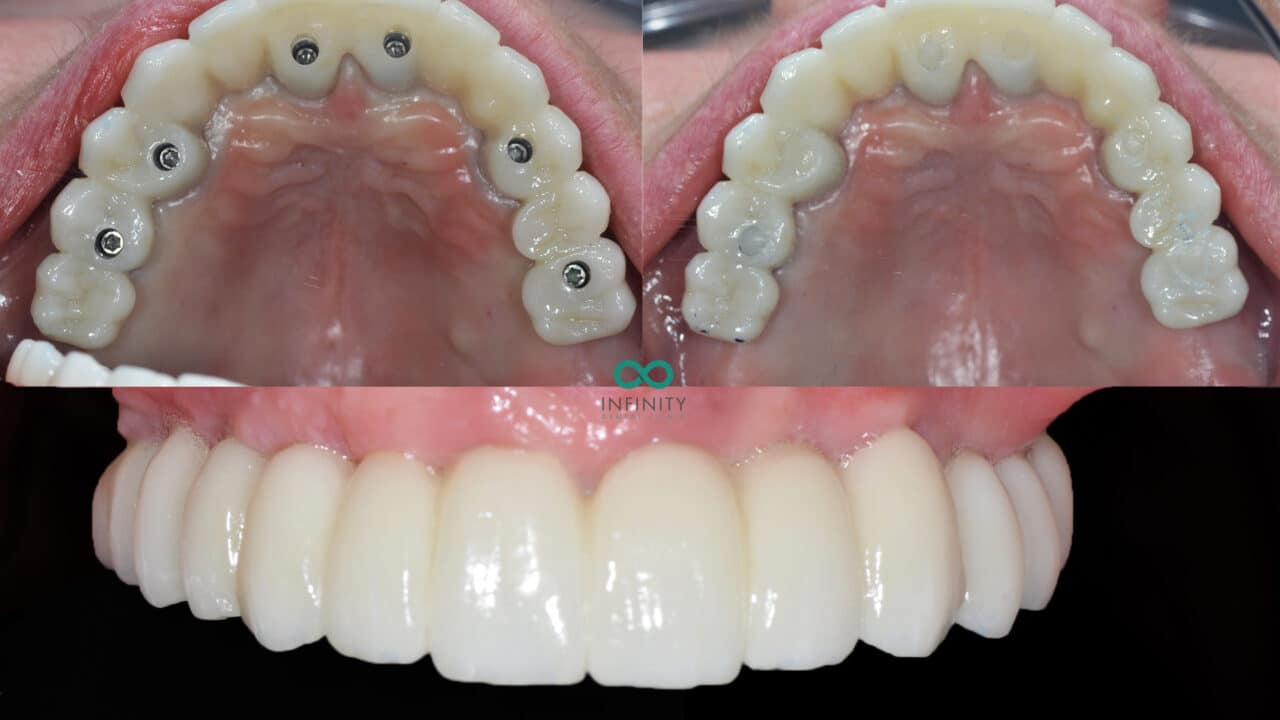9 Easy Facts About Dental Sense Shown
Table of ContentsThe Facts About Dental Sense RevealedDental Sense Things To Know Before You Get ThisThe 5-Minute Rule for Dental SenseNot known Details About Dental Sense
are clinical gadgets operatively implanted into the jaw to restore an individual's capability to chew or their appearance. They provide support for fabricated (phony) teeth, such as crowns, bridges, or dentures. When a tooth is lost due to injury or illness, an individual can experience problems such as fast bone loss, defective speech, or modifications to eating patterns that lead to discomfort.Dental dental implant systems consist of a dental implant body and oral implant abutment and might also include a joint fixation screw. Dental veneers cost. The oral implant body is surgically inserted in the jawbone instead of the tooth's root. The dental implant joint is normally affixed to the implant body by the abutment fixation screw and expands through periodontals into the mouth to sustain the attached synthetic teeth
(https://pxhere.com/en/photographer-me/4492670)Framework of The Oral Implant System selecting oral implants, speak to your oral company regarding the possible advantages and risks, and whether you are a candidate for the procedure. Things to think about: Your total wellness is a vital consider figuring out whether you are a good candidate for oral implants, exactly how long it will require to heal, and how much time the implant might remain in location.
Smoking cigarettes might influence the healing procedure and decrease the long-term success of the implant. The healing procedure for the dental implant body may take a number of months or longer, during which time you typically have a temporary joint in location of the tooth. the oral implant treatment: Meticulously adhere to the oral hygiene instructions provided to you by your dental copyright.
Little Known Questions About Dental Sense.
Implant failure can lead to the requirement for another procedure to deal with or replace the implant system. Recovers the ability to chew Restores cosmetic appearance Assists keep the jawbone from diminishing because of bone loss Preserves the health of the surrounding bone and gum tissues Assists keep surrounding (close-by) teeth secure Improves lifestyle Damages to bordering natural teeth throughout dental implant placement Injury to the surrounding tissues during surgical treatment, such as sinus opening Injury throughout surgical treatment (for instance, fracture of bordering jawbone) Insufficient function, such as seeming like the teeth do not bite together usually An experience that the tooth hangs or turning in place arising from a joint screw loosening up Implant body failing (looseness of the implant body) due to systemic infection, which might be more probable in patients with unrestrained diabetes mellitus due to local infection in bone and periodontals sustaining the dental implant body due to postponed recovery, which might be most likely in clients who smoke Trouble cleaning up the gum tissues around the dental implant, leading to bad dental health Neglected periodontal condition Post-surgical tingling because of nerve impingement or damages Constantly alert healthcare suppliers and imaging professionals that you have oral implants prior to any magnetic resonance imaging (MRI) or x-ray treatments.
FDA is not familiar with any adverse events reported for MRI or x-ray treatments with oral implants. Oral implants systems are typically made of products that comply with global consensus requirements of the International Company for Standardization (ISO) or ASTM International. These standards have details of what makes a safe product.

An oral implant is a framework that changes a missing out on tooth. With screw-like gadgets, the doctor inserts a dental implant right into the jawbone, and it works as an anchor for an artificial tooth, called a crown. A gadget called a joint attaches the man-made tooth to the dental implant. The crown is customized to fit the person's mouth and match the shade of their teeth.
The 3-Minute Rule for Dental Sense
Some individuals are not eligible for dental implant surgical treatment. It is for oral doctors to operate people with: acute illnessuncontrollable metabolic diseasebone or soft tissue illness or infectionIf these problems are dealt with, an individual can have the surgical treatment. In, dental cosmetic surgeons abstain from running on individuals with: If individuals with any one of the above undergo dental implant surgical procedure, there is a higher risk of the dental implant failing.

Dental implant surgical treatment is a customized procedure. It's not the very same for everybody. The following offers a basic review of what you can expect your dental practitioner, oral specialist, periodontist or prosthodontist to do: Position the dental implant surgically. Offer you time to recover. Affix the blog post and last crown, bridge or denture.
Next, your doctor will carefully put the oral implant right into your jaw. Your cosmetic surgeon will reposition your gums and shut the laceration with stitches. If your dental implant is near the front of your mouth, your dental professional will make a short-term tooth for you to use until you heal. In this way, you will not have a void in your smile while you recuperate.
Excitement About Dental Sense
During the healing phase, your jawbone must fuse to the oral implant. This procedure can take anywhere from three to 9 months.
When your dental implant heals, your dental expert can connect the abutment (tiny port blog post) and your last reconstruction (crown, bridge or denture). This normally takes regarding one hour to complete and might require a second small surgical treatment. You shouldn't really feel any kind of discomfort throughout your oral implant procedure due to the fact that your copyright will certainly make use of medication to numb your periodontals.